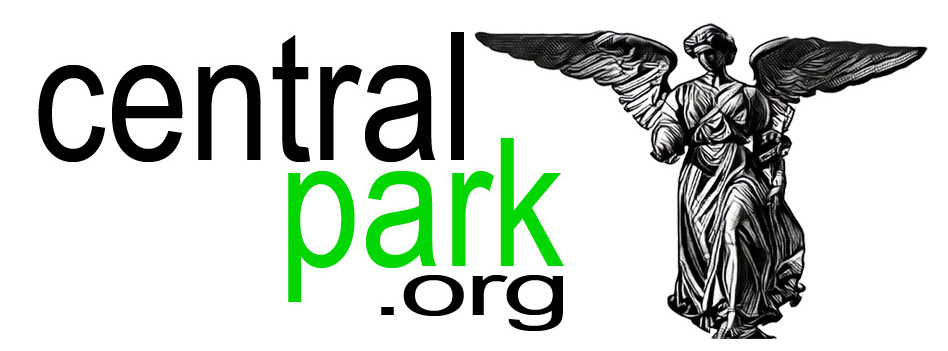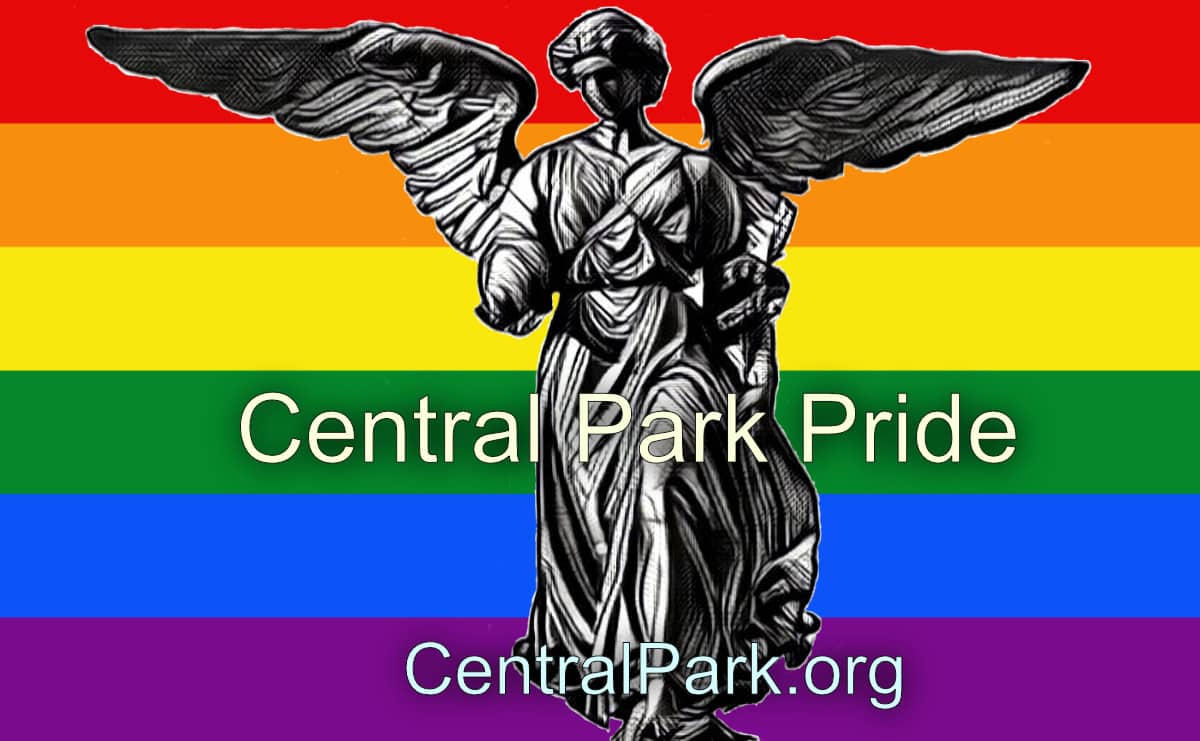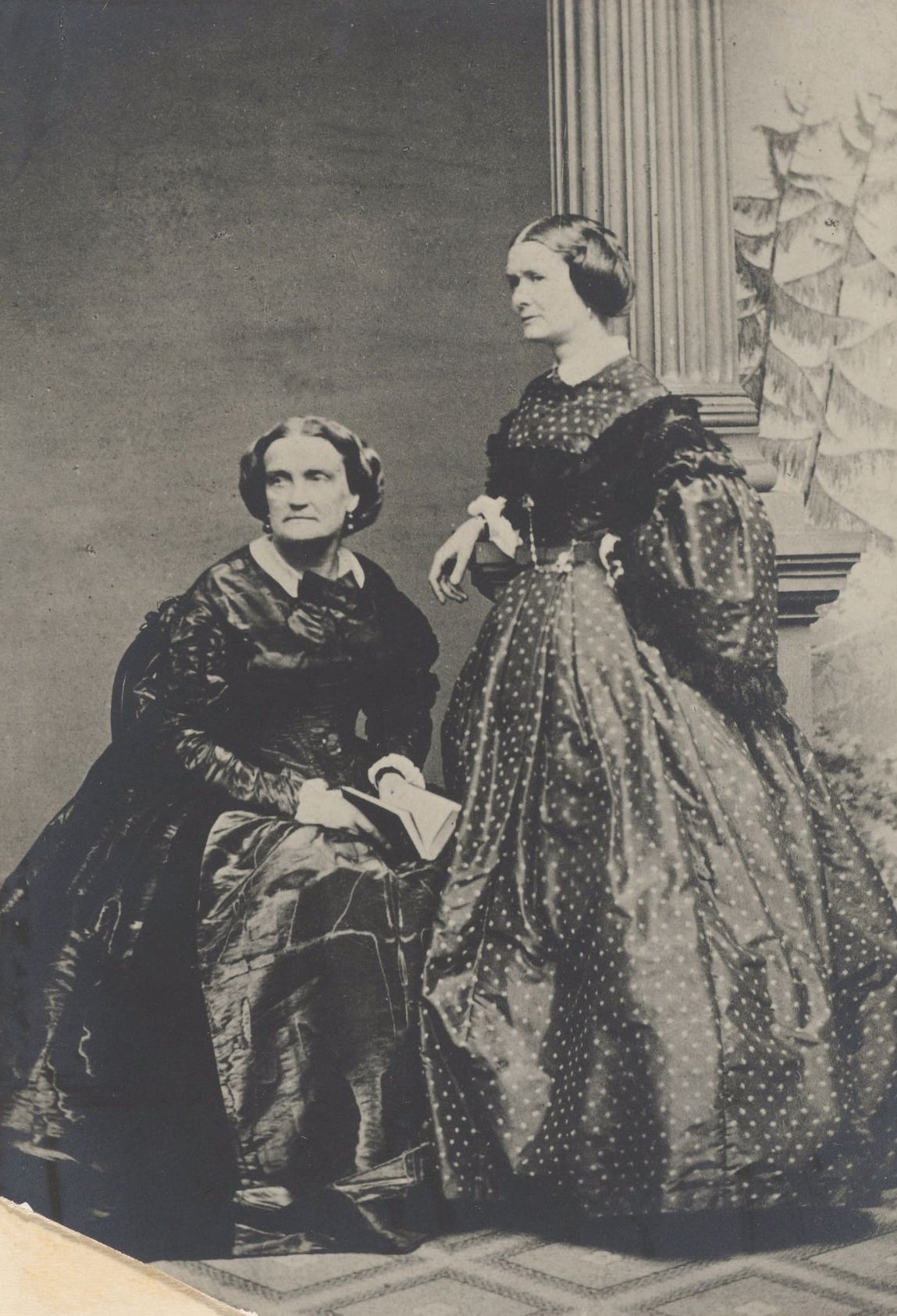iCelebrating LGBTQ Pride in Central Park – Emma Stebbin’s iconic Angel of the Waters
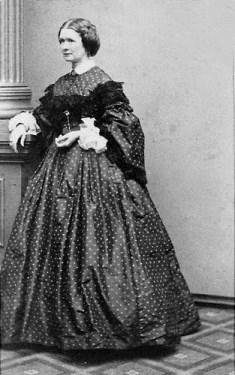
Emma Stebbins
Central Park has a long and celebrated history with the LGBTQ community, starting with the commission of Bethesda Fountain from artist Emma Stebbins. It was the earliest public artwork by a woman in New York City history. It was also the only sculpture included in the original plans for Central Park. It was cast in Munich and officially dedicated on May 31, 1873.
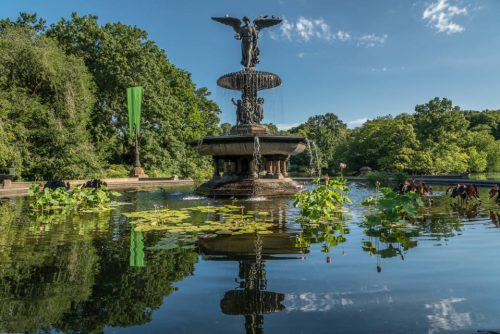
Bethesda Fountain – Emma Stebbins’ Angel of the Waters
The Park Commission required that the sculpture be dedicated to “Love,” and this was a directive that the sculptor seems to have interpreted literally. The face of the Angel of the Waters statue is believed to be modeled after that of her lover, Charlotte Cushman, a leading actress of both the American and British stages. The women made no secret of the fact that they were partners in what was then known as a “Boston Marriage, a nineteenth century euphemism for a lesbian relationship.
Stebbins’ sculpture depicts the biblical “Angel of Bethesda”, a biblical symbol of healing and purity, resting on a base surrounded by four cherubs, which in turn represent “health,” “purity,” “peace,” and “temperance.” This theme was considered particularly appropriate as a symbol of the healthful benefits provided by the water from the Croton Aqueduct (opened in 1842), then stored in Central Park reservoirs. At the fountain’s dedication, Stebbins shared a pamphlet that spoke of the Angel as a healer.
Playwright Tony Kushner understood the symbolism of the curative powers of the water from the biblical fountain of Bethesda and, appropriately, set the final scene of the Perestroika section of the AIDS-themed play Angels in America (1993) at this location in Central Park.
Emma Stebbins and Charlotte Cushman

